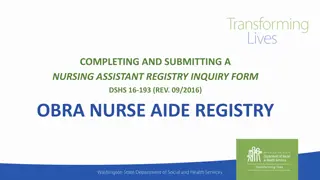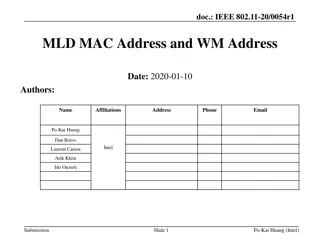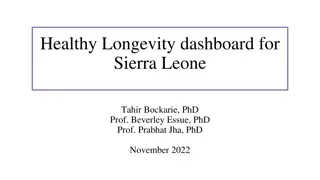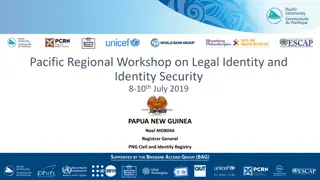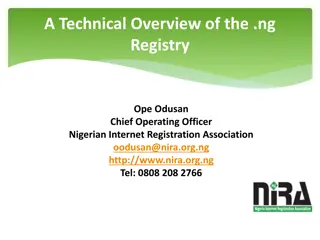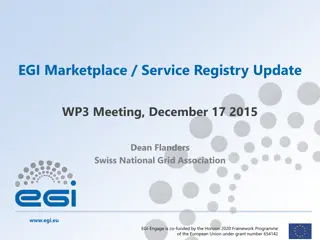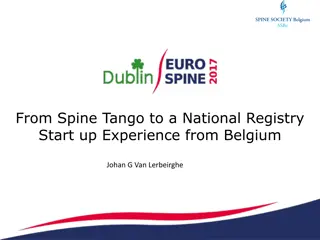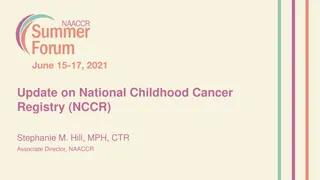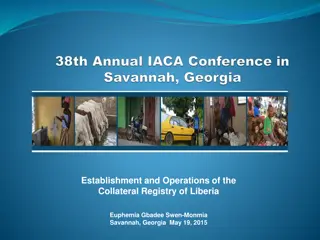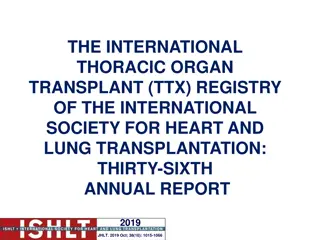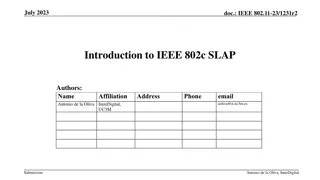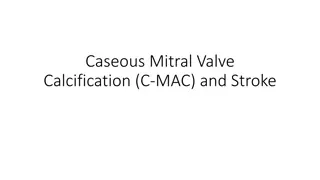Concerns for Longevity of OUI/MAC Address Registry
OUI registry provides company identifiers essential for creating globally unique MAC addresses. With a target of 100-year longevity, concerns arise 40 years into assignments due to accelerating consumption rates. The introduction of Company ID (CID) is explored as a solution for reducing OUI consumption and accommodating the need for 48-bit addresses in the future.
Download Presentation

Please find below an Image/Link to download the presentation.
The content on the website is provided AS IS for your information and personal use only. It may not be sold, licensed, or shared on other websites without obtaining consent from the author.If you encounter any issues during the download, it is possible that the publisher has removed the file from their server.
You are allowed to download the files provided on this website for personal or commercial use, subject to the condition that they are used lawfully. All files are the property of their respective owners.
The content on the website is provided AS IS for your information and personal use only. It may not be sold, licensed, or shared on other websites without obtaining consent from the author.
E N D
Presentation Transcript
RAC concerns for longevity of the OUI / MAC Address registry Robert M. Grow Chair, IEEE Registration Authority Committee
OUI registry OUI registry provides a 24 bit company identifier All assigned OUIs have two appropriate bits as zero to allow use in creation of universally (aka, globally) unique MAC addresses The RAC has products based on OUIs, that provide MAC addresses
OUI registry longevity Target was for 100 year longevity We are now 40 years into assignment of OUI identifiers (including Xerox assignments) Current rate of use if maintained is not a problem for exhaustion of values Rate of consumption though is not linear, it is accellerating, hence concern How many still want to be able to use 48-bit addresses 60+ years from now?
Company ID (CID) OUIs are being consumed for identifiers where no MAC addresses are needed. Multiple 48-bit MAC addresses are now common on devices Products consuming 128 addresses per network interface were an alarm CID can be used to reduce consumption of OUIs for non-address purposes as well as for reduction of consumption of MAC addresses
RAC considerations From earliest consideration of introducing a CID product, use of CID as a base for local addresses was always part of the debate This is evident from RAC tutorials





